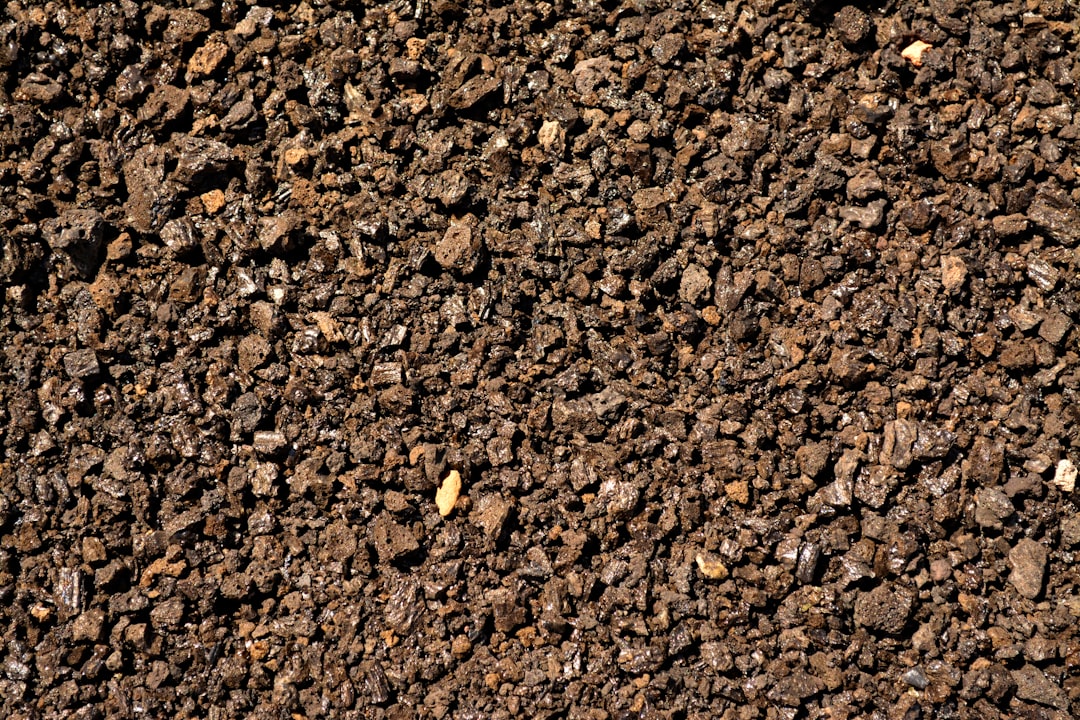What is it about?
Small GPR devices are cheap and easy to use for the detection of metal inside concrete structures. In this paper, one of this devices is used to detect internal cracks produced during desiccation processes in clayey soils. This detection is important because these internal cracks were not studied before.
Featured Image

Photo by Dan Dennis on Unsplash
Why is it important?
This research is important because the origin and the development of cracks in clayey soils subjected to desiccation are not clear. It is necessary to understand the process in details in order to discover the physics behind the process. Once the process is understood, numerical models can be proposed to study the initiation and propagation on cracks.
Perspectives
Without any doubt, soil mechanics is a branch of physics that showed the extremely importance of experimentation at the laboratory and in the field. Experimentation is sometimes the only way to understand complex processes. The use of non-destructive techniques to visualize the initiation and propagation of cracks is a promising field in geotechnical engineering. GPR is a technique affordable and it is improving in terms of effectivity.
Dr Héctor U. Levatti
London South Bank University
Read the Original
This page is a summary of: Experimental Analysis of 3D Cracking in Drying Soils Using Ground-Penetrating Radar, Geotechnical Testing Journal, January 2017, ASTM International,
DOI: 10.1520/gtj20160066.
You can read the full text:
Resources
Contributors
The following have contributed to this page










